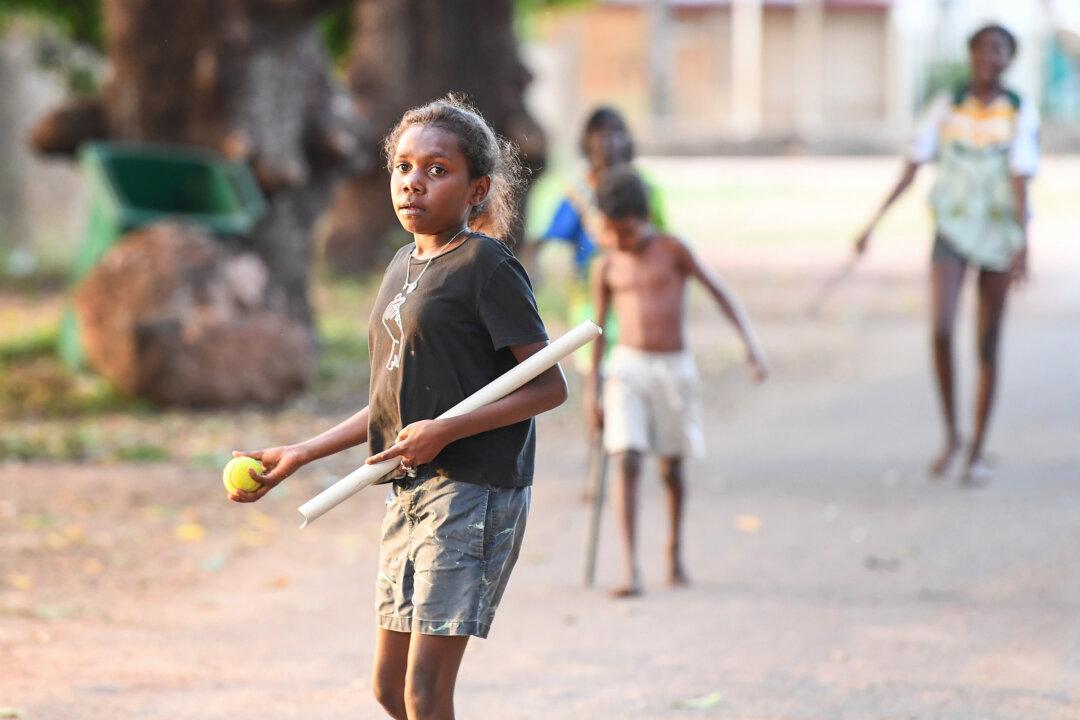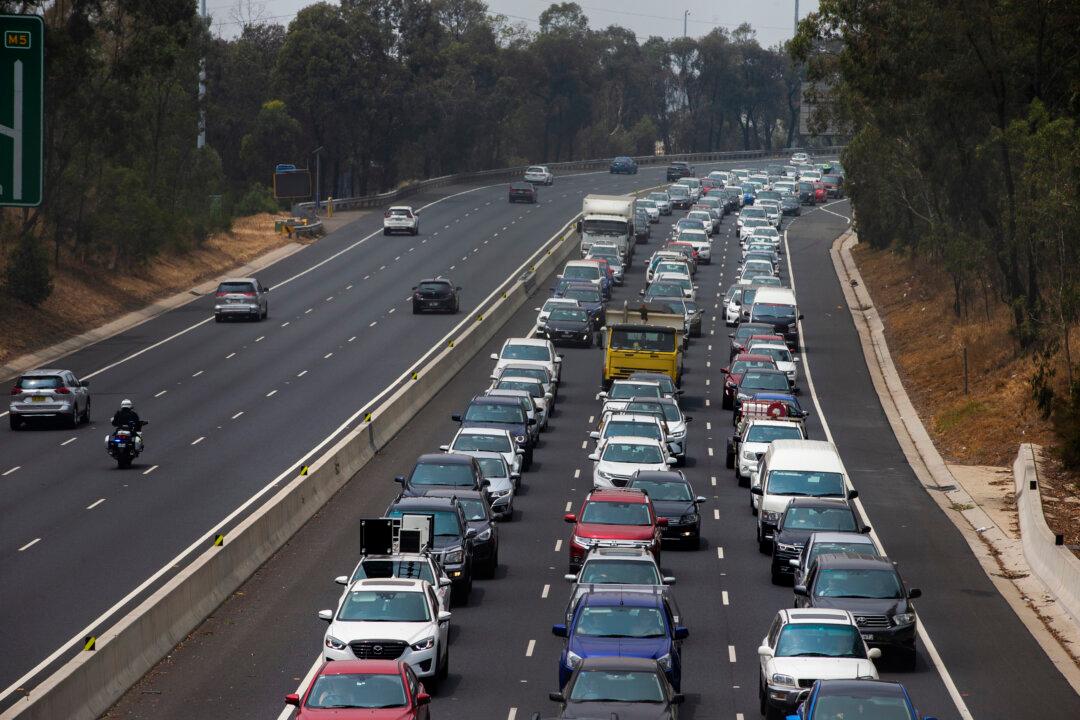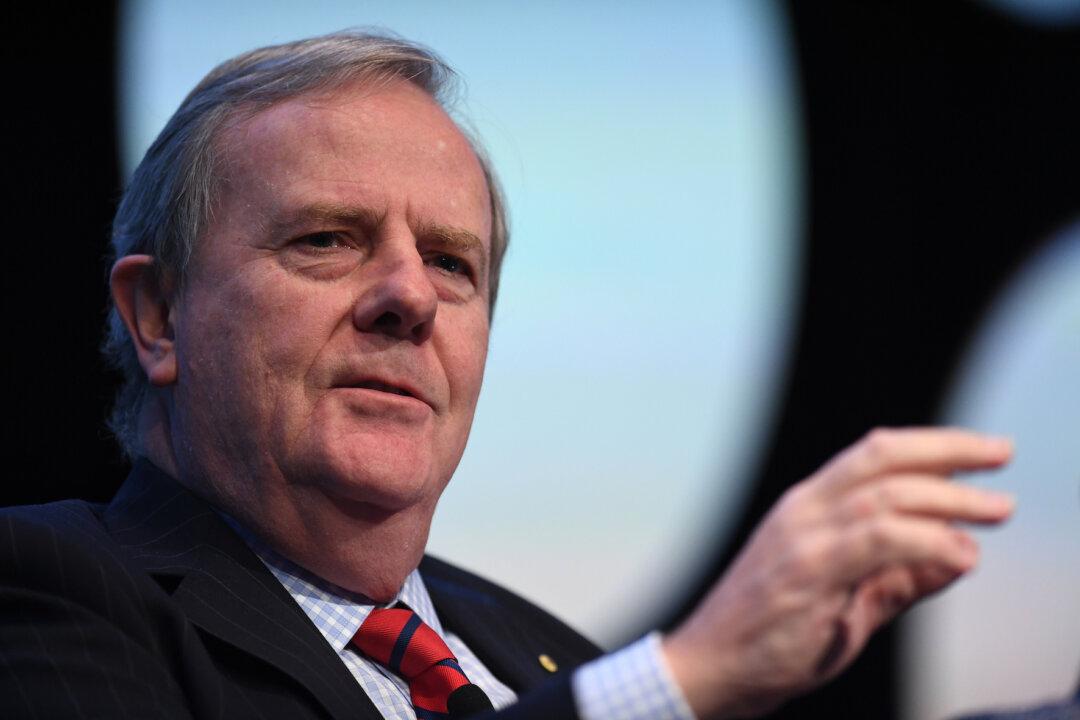The Queensland government has committed to the funding of a Starlink satellite program to address what it calls the “digital exclusion” of remote Indigenous communities.
Seventeen Indigenous councils in isolated areas will receive $45,000 (US$30,000), out of a $1.25 million commitment, to fund the Rapid Low Earth Orbit (LEO) Satellite Deployment Program which provides satellite equipment, installation and ultimately better broadband connectivity to First Nations people.





